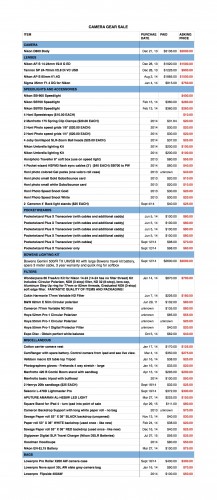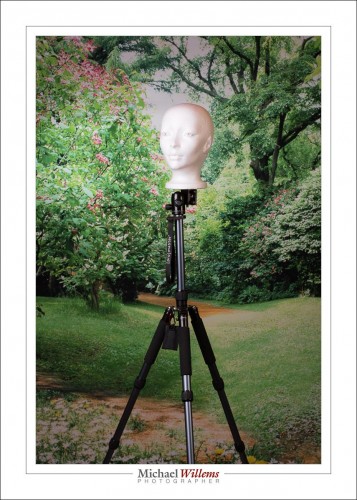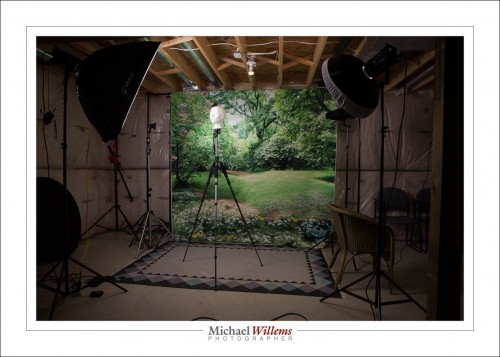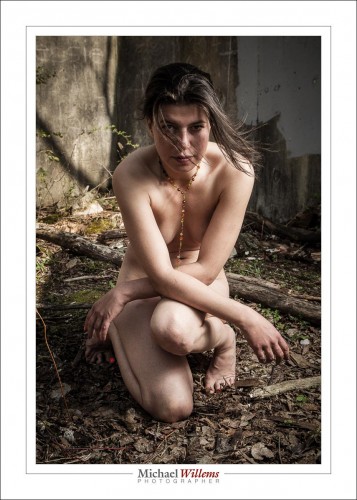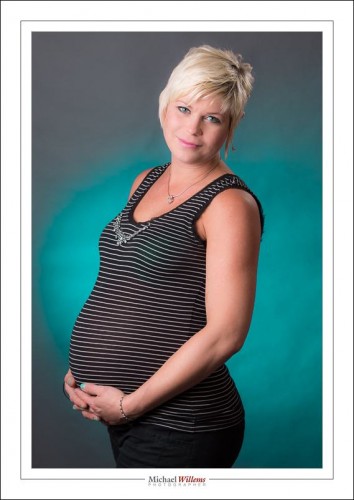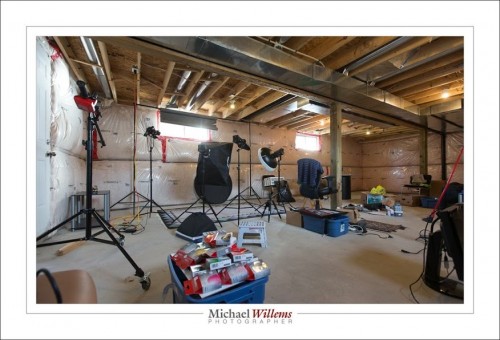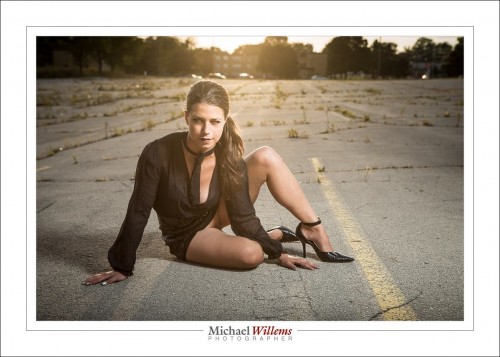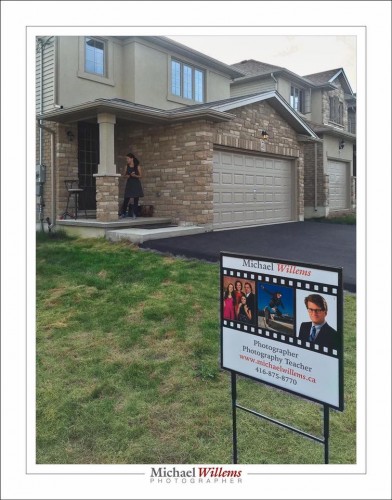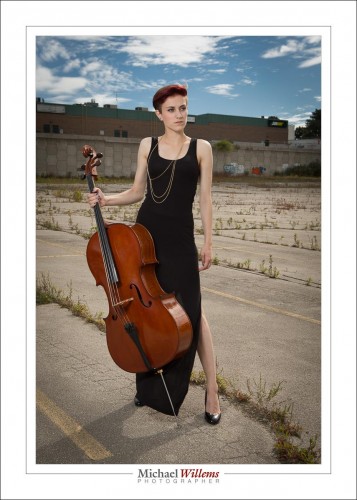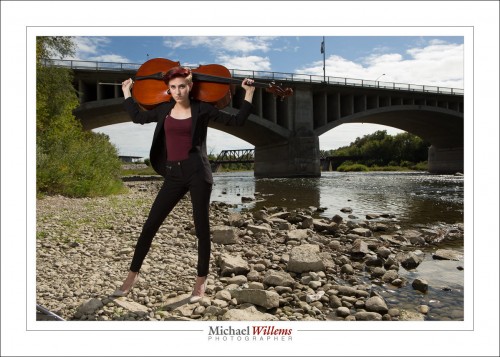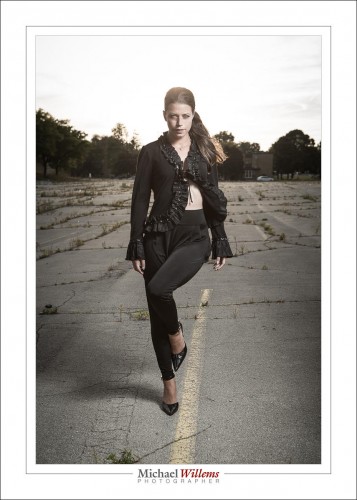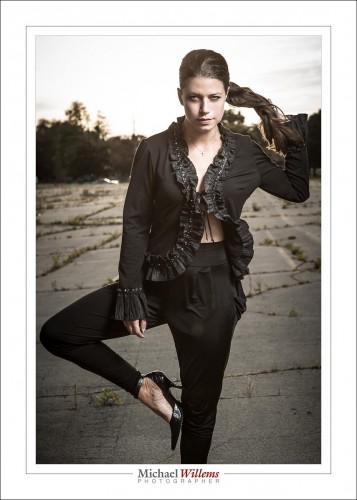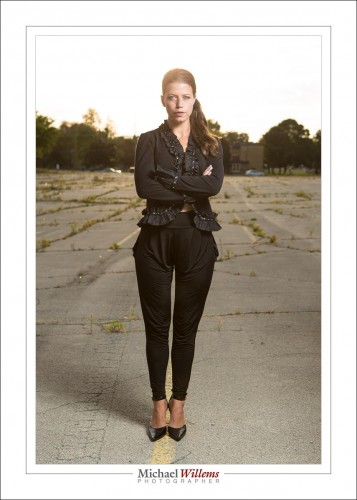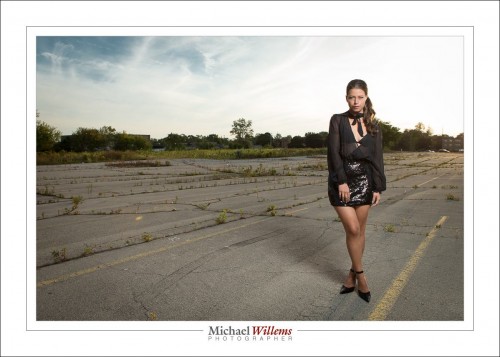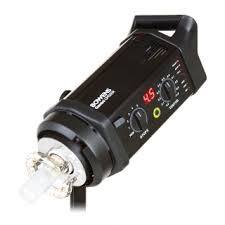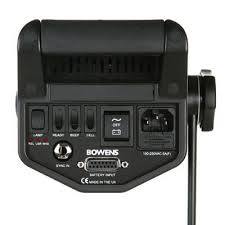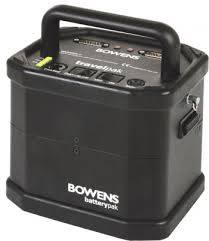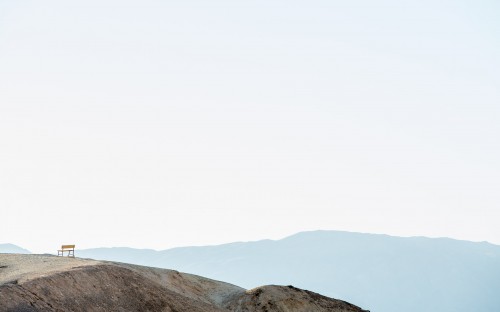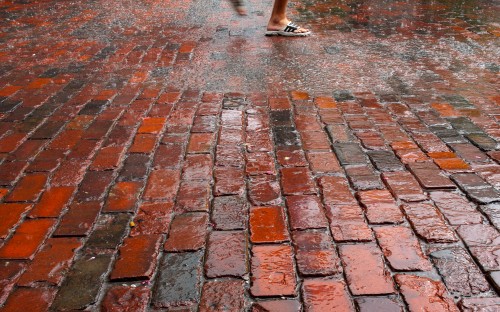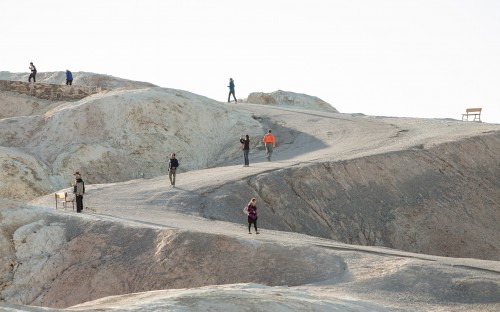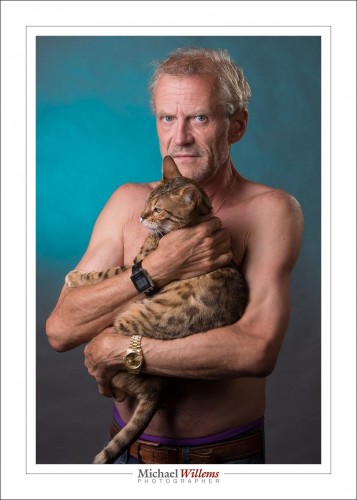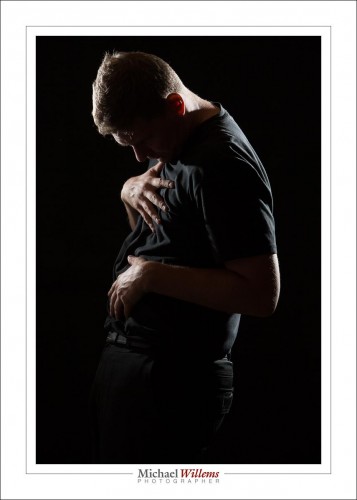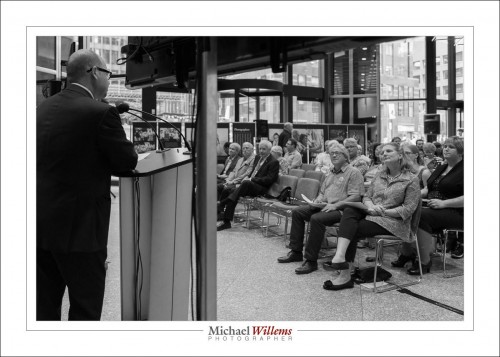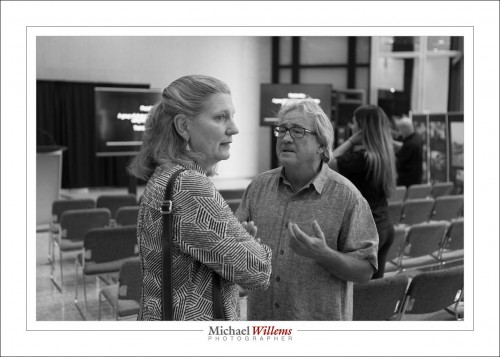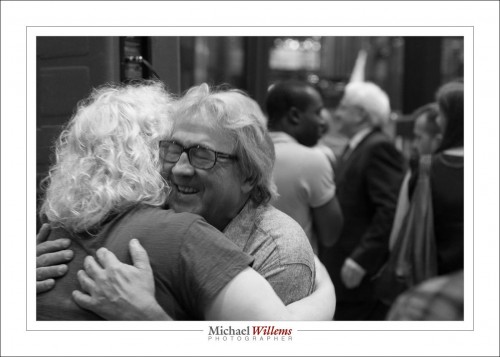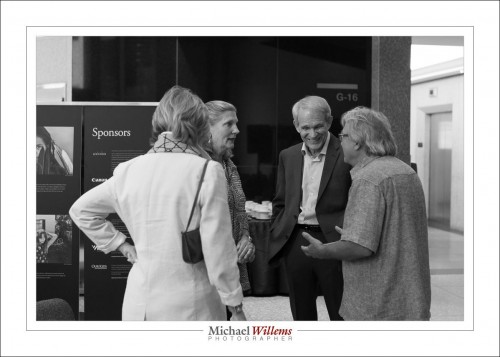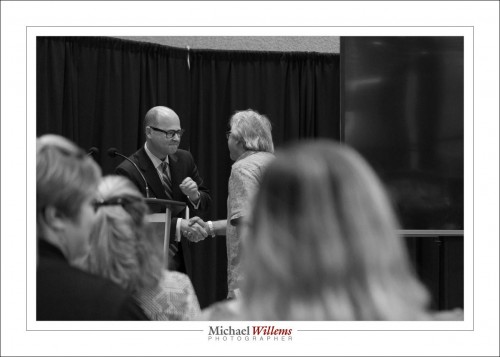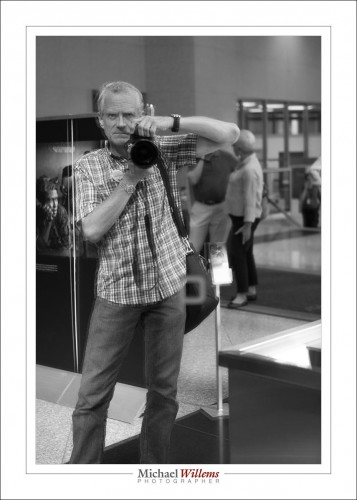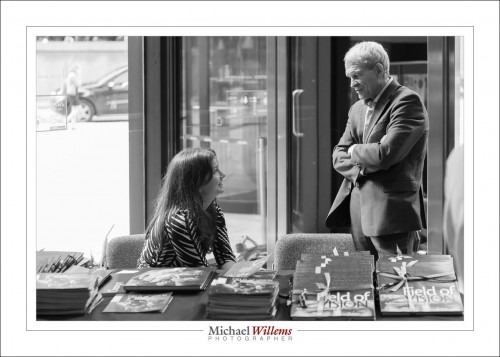There’s several magic formulas I will teach you if you buy one of my books or come to a course here or at Sheridan College. Or if you, like today’s student, arrange a private training session with me. Well worth it: individual teaching of exactly what YOU need to know.
So here’s an example from today’s training session. Here is today’s student, three times (you may want to click to enlarge):
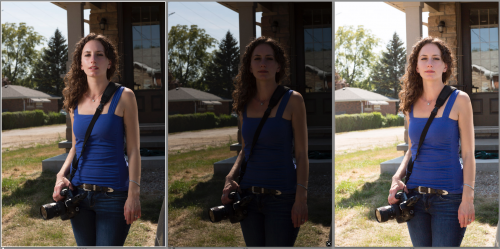
- Photo 1: The magic. Flash. Flash into an umbrella on our left, set to “full power minus 1/3 stop”. Camera uses the magic starting point of: 100 ISO, 1/250 sec, f/8, in order to expose for the background.
- Photo 2: Same exposure settings, but no flash.
- Photo 3: Also no flash, but now exposed for the person.
In all three photos I got one essential need right: the sun is behind the person and thus becomes the shampooey goodness light (a.k.a. the hairlight).
But then, the differences.
As you will agree, the flash photo shows a real person. The face is not dimensionless and flat. I can get creative: I can position the umbrella to create split lighting, as I did here, or I could move it more towards me, to get first Rembrandt lighting, then loop lighting, and eventually butterfly lighting.
In the non-flash photos, the face is flat. So is the entire person, her clothing, etc: it’s all flash and featureless.
Also, in non-flash photo 1 the sky and the saturation of the background is fine, but the person is a shadow. In the second non-flash photo, I exposed for the person—but now the background is overexposed, causing it to lose definition and saturation.
What do you need?
- Light stand
- Bracket to mount the flash and umbrella onto the light stand
- Umbrella
- Two radio triggers (I use Pocketwizards, the simple, non-TTL type)
- A cable to go from Pocketwizard to flash (see www.flashzebra.com)
And that’s it. Except for the camera, of course. So get the gear mentioned above and use the magic formula for outdoors/bright day (100 ISO, 1/250 sec, f/8; now vary just the aperture), and you can do great creative work.
___
Footnote: A friend in Burlington, Ontario is selling all her camera gear. Look at the list below and if there is anything you like, email me with “GEARSALE” in the subject line, and I will forward your email immediately.
Here’s her list:
